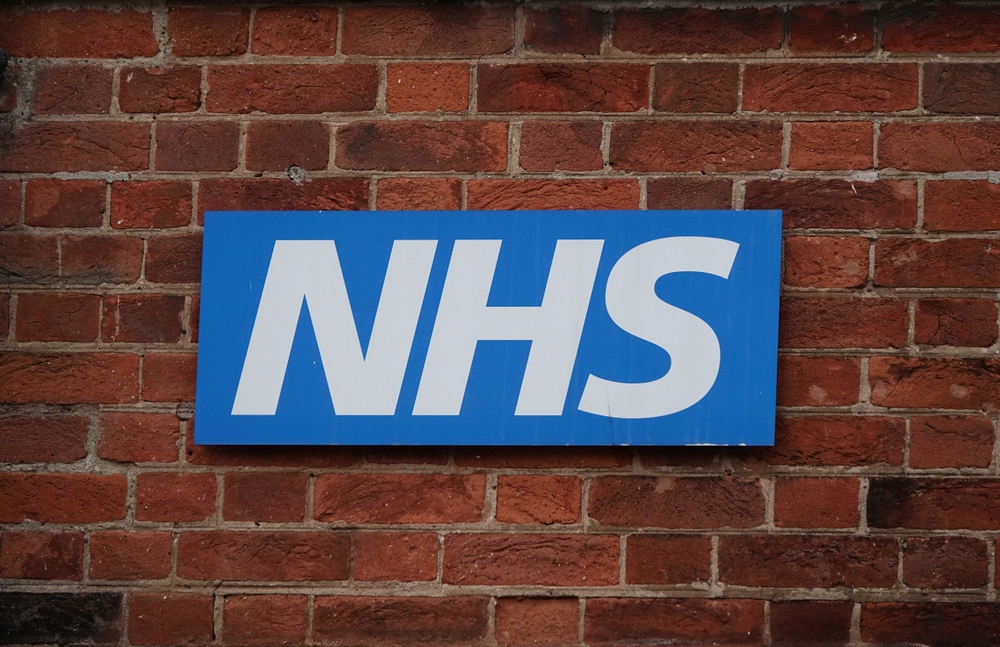More people are struggling to see an NHS GP, capacity pressure on dental services remains and demand for mental health services is continuing to grow, according to the healthcare regulator.
The Care Quality Commission (CQC) also noted the performance of NHS services to meet secondary care needs is below the expected standard – and in some cases it is worsening.
And the body reiterated its observation that the ability to pay for private care was a growing concern, particularly for dental treatment.
In its annual report into the state of the NHS, the CQC highlighted: “It is clear that timely access to good care continues to be a struggle for many, and that inequalities in care persist.”
Primary care
In particular, the regulator’s survey of 1,600 patients found the two services people had the most difficulty accessing were GP (59%) and dental services (23%).
Between March 2020 and March 2024, the number of patients registered with a GP in England increased by 5% from 60 to 63 million people.
However, the number of people waiting more than two weeks for a GP appointment also increased by 18% from 4.2 million in February 2020 to five million people in March 2024 while the figure waiting more than four weeks rose around 40% from approximately one million in February 2020 to 1.4 million people in March 2024.
Rural areas were typically the locations where patients faced the longest waits.
But CQC assessments found some practices had improved availability and accessibility of appointments and provided proactive outreach to patients.
Dental pressures
Demand and capacity pressures on NHS primary dental services were contributing to problems in accessing care that were leading to the deterioration in people’s oral health, the CQC continued.
Again rural areas were generally the least likely to have sufficient NHS provision while deprivation was also a key determinant of care.
Those in the most deprived areas of England were nearly three times more likely to be admitted to hospital for dental treatment that could potentially be avoided with timely and effective care in the community.
Mental health
The CQC found the demand for mental health services among adults and children was continuing to grow, but that access to mental health services remains a challenge for many.
Its research showed people living in deprived areas, women, and people from other ethnic minority groups with mental health needs were more likely to attend urgent and emergency care departments.
The regulator identified that while the mental health workforce had grown, problems with staffing and skill mix remain.
Across the country, services are facing challenges in recruiting staff – all of which are having an impact on capacity, and the availability and regularity of appointments, it said.
Secondary care
The CQC noted it had found high demand for services and ongoing pressure in all parts of the secondary care system with many people are not getting the care they need when they need it.
“Although demand has not increased dramatically, overall, the performance of services to meet the need for care is below the expected standard – and in some cases it is getting worse,” the CQC said.
“By operating continuously in these environments, there is the risk that it becomes normal to accept care that is below standard.”
It also highlighted prolonged and growing waits for diagnostic tests with around 1.62 million people waiting for a diagnostic test or procedure in March 2024.
In total, the waiting list for a diagnostic test or procedure has increased by 52% since 2019.
People continue to experience delays in referrals and diagnosis for cancer, with performance varying considerably between types of cancer and between regional health and care systems.
Two-tier healthcare system
In the report, CQC chairman Ian Dilks reiterated concerns about the ability to pay proving a growing issue among patients.
“Last year’s State of Care warned about movement to a two-tier healthcare system – where those who can afford to pay for treatment do so and those who can’t face longer waits and reduced access,” he said.
“This remains a concern, starkly illustrated in dental care.
“We conducted a dental access survey of 1,000 people earlier this year, which found that people relied more on private care where NHS activity is lowest, and we also heard how access issues had a clear impact on children and young people.
“Parents told us they felt pressured to go private and found it difficult to get appointments, even in emergencies, and we heard about children left in pain while waiting for an emergency appointment.
“It is notable that the tooth extraction rate related to decay is nearly three and a half times higher for children and young people in the most deprived communities, compared with the most affluent.”
